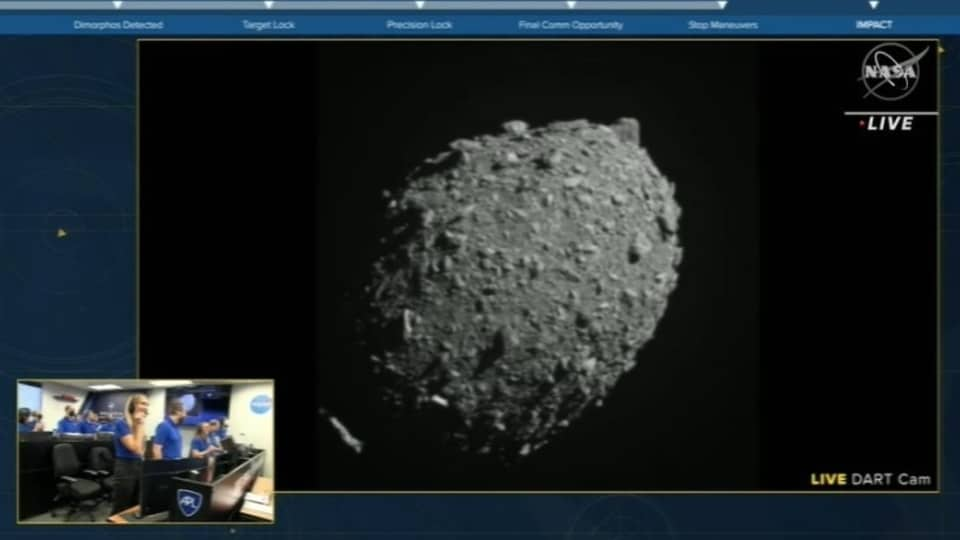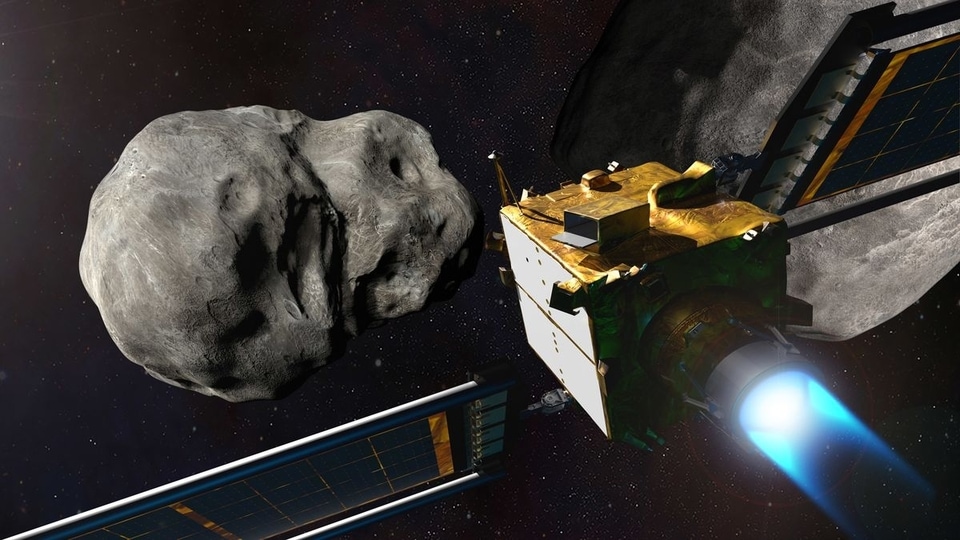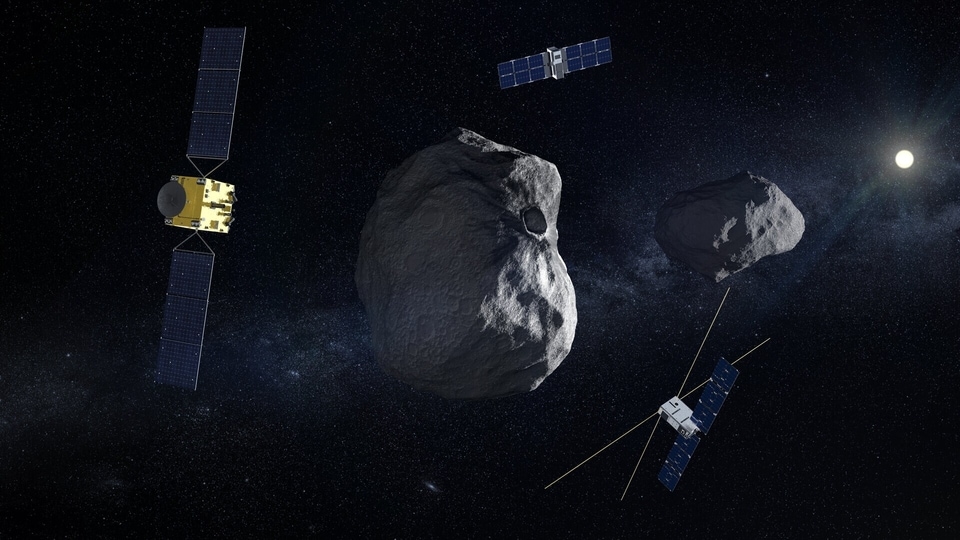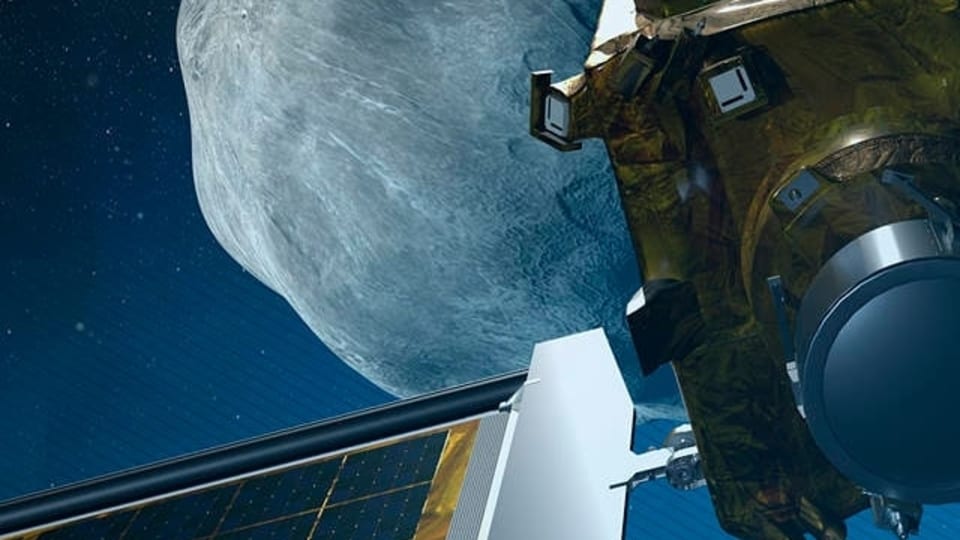NASA Astronomy Picture of the Day 9 March 2023: Asteroid Dimorphos shot after CRASH
NASA's Astronomy Picture of the Day is a fascinating snapshot of the Asteroid Dimorphos seconds before NASA’s DART spacecraft smashed into it.






 View all Images
View all ImagesHollywood has depicted the apocalypse, with movies such as Deep Impact, Armageddon, and Don't Look Up exploring the hypothetical scenarios of global annihilation through the collision of asteroids with Earth. NASA has already provided an answer for those who have wondered about the consequences of an asteroid on a collision course with Earth.
Last year, NASA carried out its first ever planetary defense test by smashing a spacecraft into an approaching asteroid with the Double Asteroid Redirection Test (DART) to alter its course.
NASA's Astronomy Picture of the Day is a thrilling picture of the Dimorphos asteroid, captured just 3 seconds before the collision. It was a $330 million venture which proved to be a success as the target asteroid named Dimorphos deflected off its path. While this asteroid in no way threatened Earth, this was an experiment to gain greater knowledge as to what happens when a craft is crashed against a space rock. This knowledge will be used if an actual asteroid threatens to crash against the Earth.
NASA's first planetary defense attempt was captured through cameras of a small companion satellite which was ejected from the DART spacecraft and followed it, 3 minutes behind, to the target asteroid Dimorphos.
NASA's description of the picture
On the first planetary defense test mission from planet Earth, the DART spacecraft captured this close-up on 26 September 2022, three seconds before slamming into the surface of asteroid moonlet Dimorphos. The spacecraft's outline with two long solar panels is traced at its projected point of impact between two boulders. The larger boulder is about 6.5 meters across. While the DART (Double Asteroid Redirection Test) spacecraft had a mass of some 570 kilograms, the estimated mass of Dimorphos, the smaller member of a near-Earth binary asteroid system, was about 5 billion kilograms.
The direct kinetic impact of the spacecraft measurably altered the speed of Dimorphos by a fraction of a percent, reducing its 12 hour orbital period around its larger companion asteroid 65803 Didymos by about 33 minutes. Beyond successfully demonstrating a technique to change an asteroid's orbit that can prevent future asteroid strikes on planet Earth, the planetary-scale impact experiment has given the 150-meter-sized Dimorphos a comet-like tail of material.
Catch all the Latest Tech News, Mobile News, Laptop News, Gaming news, Wearables News , How To News, also keep up with us on Whatsapp channel,Twitter, Facebook, Google News, and Instagram. For our latest videos, subscribe to our YouTube channel.





























